Diller Scofidio + Renfro:Zaryadye公园位于从圣巴西尔大教堂,红场和克里姆林宫的中央,坐落在一个充满历史气息的地方,这里充满了俄罗斯集体的过去和不断发展的愿望。作为一个具有历史意义的旧址,这个占地35英亩的遗址在19世纪曾是犹太人的聚居地,曾经是斯大林式摩天大楼的地基,还有rossiya酒店——欧洲最大的酒店,直到2007年被拆除。五年来,这座位于莫斯科市中心四分之一的中心建筑一直被栅栏围住,诺曼•福斯特(Norman Foster)正计划将其作为商业中心进行扩建。2012年,莫斯科市政府和首席建筑师谢尔盖•库兹涅佐夫(Sergey Kuznetsov)组织了一场设计竞赛,将这座历史上被私有化的商业园区改造成一座公共公园。一个由Diller Scofidio + Renfro (DS+R)和Hargreaves Associates以及Citymakers领导的国际设计联盟从来自27个不同国家的90份设计意见书中脱颖而出。
Diller Scofidio + Renfro:Centrally located steps from St. Basil’s Cathedral, Red Square and the Kremlin, Zaryadye Park sits on a historically charged site saturated by Russia’s collective past and evolving aspirations. As a historic palimpsest, the 35-acre site has been populated by a Jewish enclave in the 1800’s, the foundations of a cancelled Stalinist skyscraper, and the Hotel Rossiya—the largest hotel in Europe until its demolition in 2007. For five years, this central piece of Moscow real estate—encompassing a quarter of downtown Moscow— remained fenced as plans to extend its use as a commercial center by Norman Foster were underway. In 2012, the City of Moscow and Chief Architect Sergey Kuznetsov organized a design competition to transform this historically privatized, commercial territory into a public park. An international design consortium led by Diller Scofidio + Renfro (DS+R) with Hargreaves Associates and Citymakers was selected out of ninety submissions representing 27 different countries.
Zaryadye作为莫斯科50年来第一个大型公园,提供了一个不容易分类的公共空间。公园、城市广场、社交空间、文化休闲、休闲电枢一应俱全。为了实现这一同时性,自然景观被覆盖在构建的环境之上,在自然和人工、城市和农村、室内和室外之间创造了一系列元素对峙。景观和硬地景观的交织创造了一种“野性都市主义”,引入了一种新的方式来赞美莫斯科的历史正式的、对称的公园空间。古色古香的Kitay-Gorod区特色元素和红场铺满鹅卵石的铺路石与克里姆林宫郁郁葱葱的花园相结合,创造了一个兼具都市和绿色的新公园。定制的石材铺装系统将硬地景观和景观编织在一起,创造出一种融合而非边界——鼓励游客自由漫步。Zaryadye公园是一个缺失的环节,它完成了世界闻名的纪念碑和莫斯科市中心城区的收藏。
As the first large scale park to be built in Moscow in the last fifty years, Zaryadye provides a public space that resists easy categorization. It is at once park, urban plaza, social space, cultural amenity, and recreational armature. To achieve this simultaneity, natural landscapes are overlaid on top of constructed environments, creating a series of elemental face-offs between the natural and the artificial, urban and rural, interior and exterior. The intertwining of landscape and hardscape creates a ‘Wild Urbanism,” introducing a new offering to compliment Moscow’s historically formal, symmetrical park spaces. Characteristic elements of the historic district of Kitay-Gorod and the cobblestone paving of Red Square are combined with the lush gardens of the Kremlin to create a new park that is both urban and green. A custom stone paving system knits hardscape and landscape together— generating a blend rather than a border—encouraging visitors to meander freely. Zaryadye Park is the missing link that completes the collection of world-famous monuments and urban districts forming central Moscow.
穿过公园的每一个角落,游客会遇到梯田,这些梯田再现并庆祝俄罗斯四种不同的地域景观:苔原、草原、森林和湿地。这些区域被组织在从东北到西南的梯田中,这些区域被组织成从东北向西南下降的梯田,每一层都覆盖在下一层,创造出总共14000平方米的封闭、程序化的空间,整合到景观中:自然和建筑合二为一。游客可以俯瞰莫斯科河上70米高的悬空河、媒体中心、自然中心、餐厅、市场、两个圆形剧场和一个爱乐音乐厅(计划于2018年春天完工)。
Traversing between each corner of the park, visitors encounter terraces that recreate and celebrate four diverse, regional landscapes found in Russia: tundra, steppe, forest and wetland. These zones are organized in terraces that descend from northeast to southwest, with each layering over the next to create a total of 14,000 square meters of enclosed, programmed spaces integrated into the landscape: nature and architecture act as one. Visitors can enjoy a river overlook cantilevering 70 meters over Moscow River, media center, nature center, restaurant, market, two amphitheaters and a philharmonic concert hall (scheduled for completion in Spring 2018).
分区覆盖层还有助于扩大小气候,以寻求延长通常较短的公园季节。这些被动的气候控制策略包括调整公园内一个景观小山的字体和圆形剧场的玻璃外壳,以利用温暖空气的自然浮力。因此,风被减到最小,植物保持更绿的时间更长,温度随着游客上升逐渐上升。在寒冷的月份里,温暖的空气会被保留,而在夏天,电动玻璃面板会打开,将热量从屋顶散发出去。这些自然区域提供了聚集、休息和观察的场所,与表演空间和封闭的文化亭相协调。除了这些程序化的目的地,一系列的景观点为城市景观重新发现它提供了一个框架。每个游客的体验都是为他们量身定制的。
The sectional overlay also facilitates augmented microclimates that seek to extend the typically short park season. These passive climate-control strategies included calibrating the typography of one of the park’s landscaped hills and the amphitheater’s glass crust to leverage the natural buoyancy of warm air. As a result, wind is minimized, plants stay greener longer, and the temperature rises gradually as visitors ascend the slope. Warmer air is retained during the colder months, while in the summer, motorized glass panels open to expel heat through the roof. These natural zones provide places of gathering, repose and observation, in concert with performance spaces and enclosed cultural pavilions. In addition to these programmed destinations, a series of vista points provide a frame for the cityscape to rediscover it anew. Each visitor’s experience is tailor made for them, by them.
建筑设计: Diller Scofidio + Renfro
位置: 俄罗斯莫斯科,8а1,乌里察·瓦尔卡
景观和总体规划设计: Hargreaves协会
当地合作城市设计师: Citymakers
竞争管理: Strelka KB
面积: 102000.0平方米
项目年份: 2017年
照片: Iwan Baan, Maria Gonzalez
Architects :Diller Scofidio + Renfro
Location :Ulitsa Varvarka, 8с1, Moskva, Russia
Landscape and Masterplan Designer:Hargreaves Associates
Local Partner, Urban Designer:Citymakers
Competition Management:Strelka KB
Area:102000.0 m2
Project Year:2017
Photographs:Iwan Baan, Maria Gonzalez


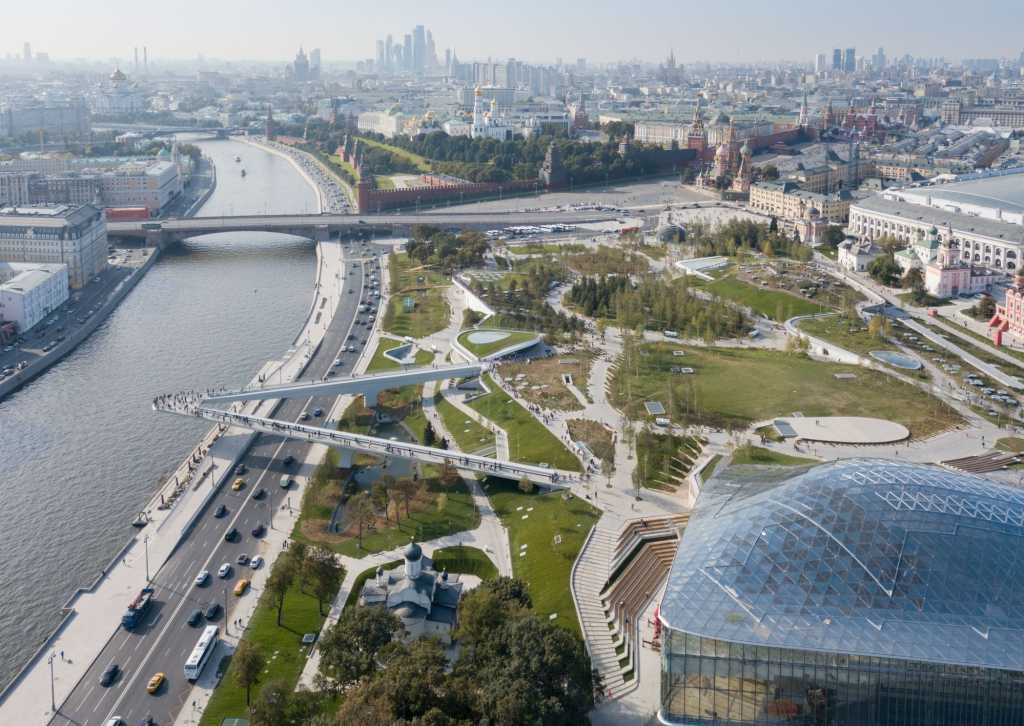


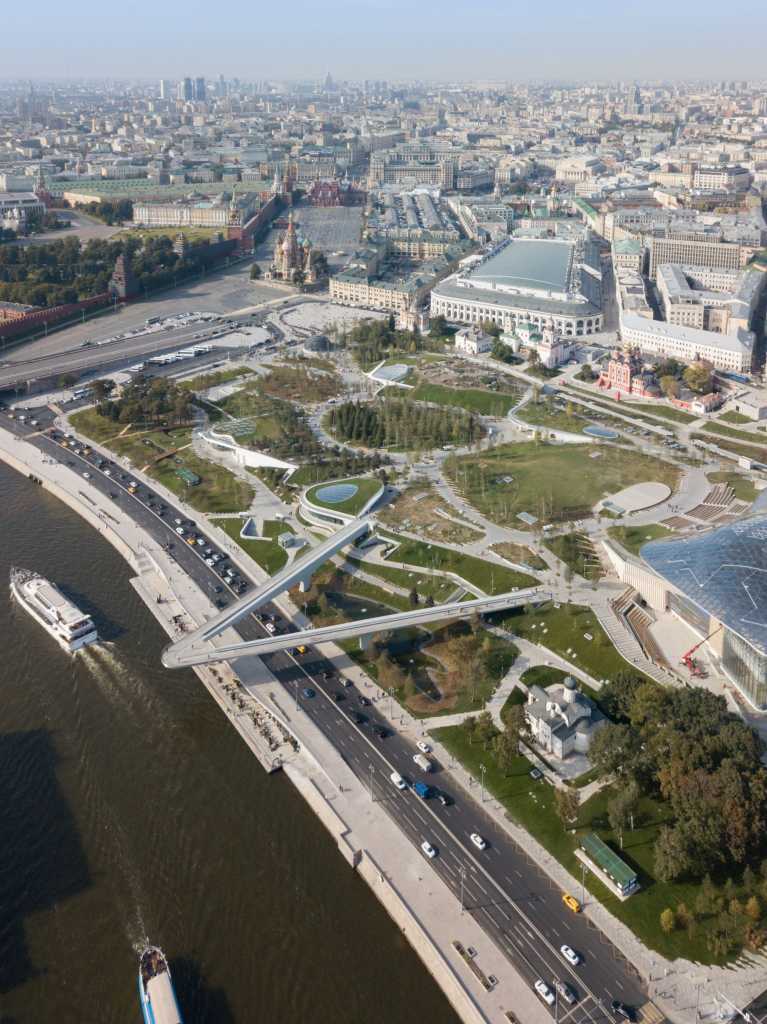





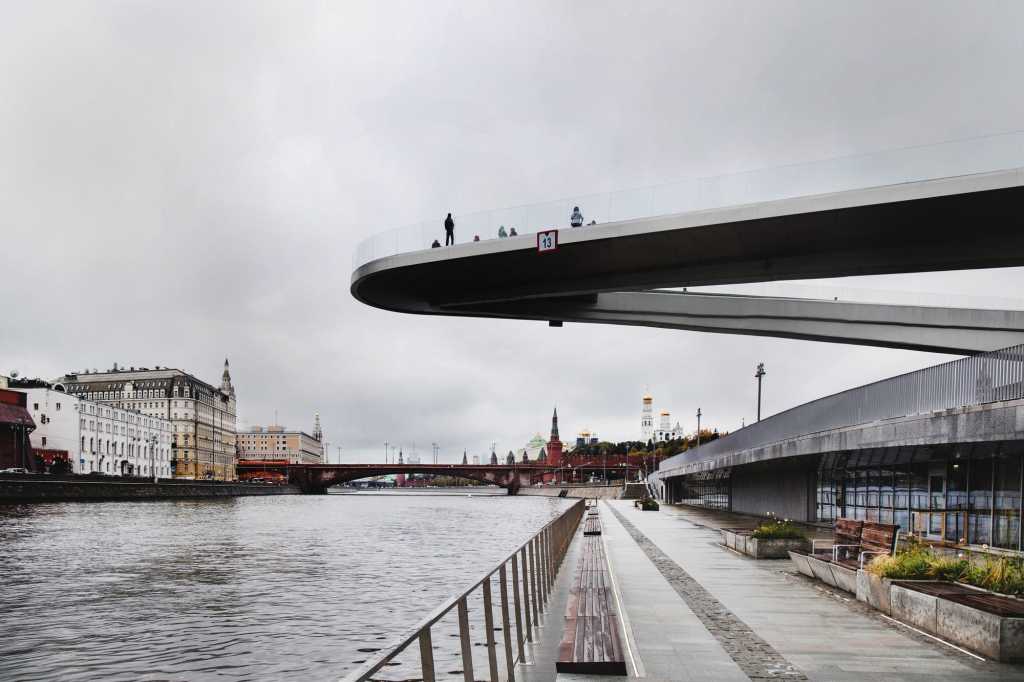
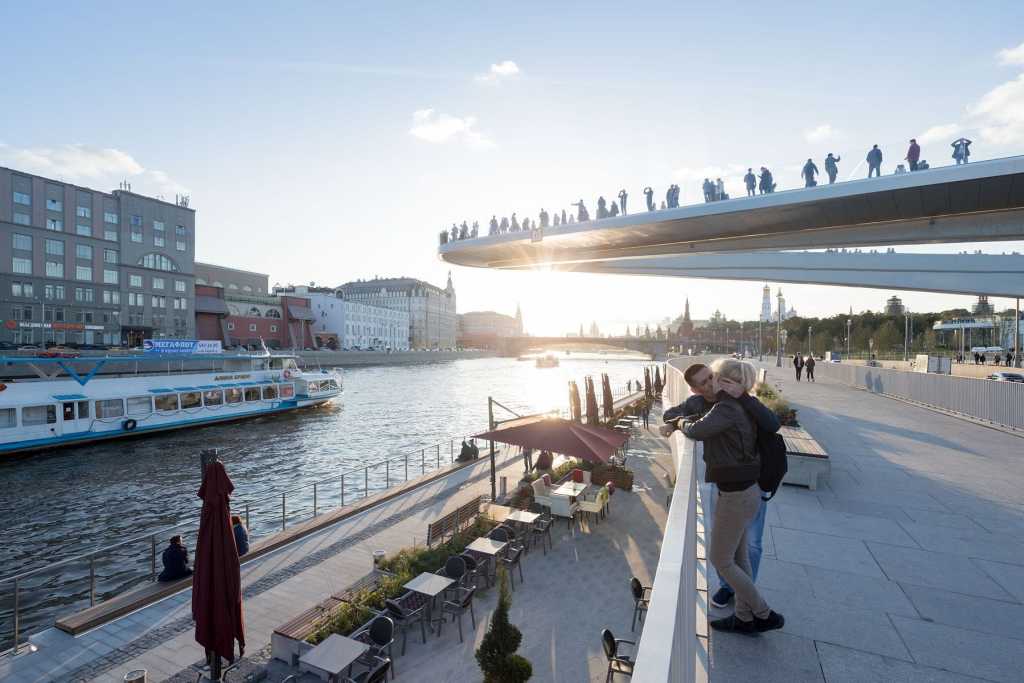

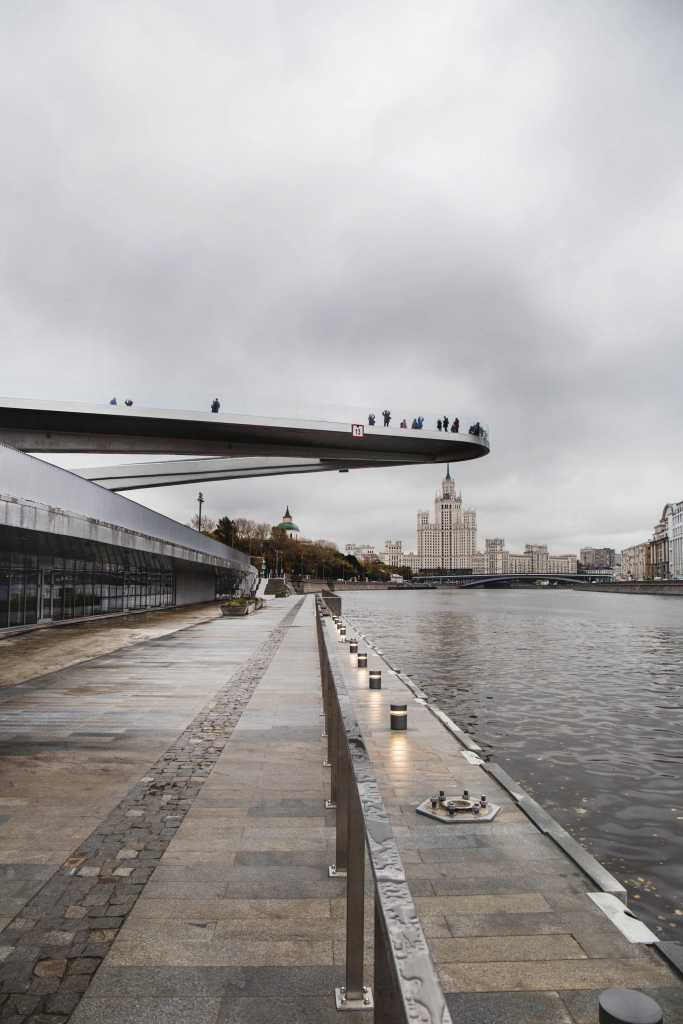
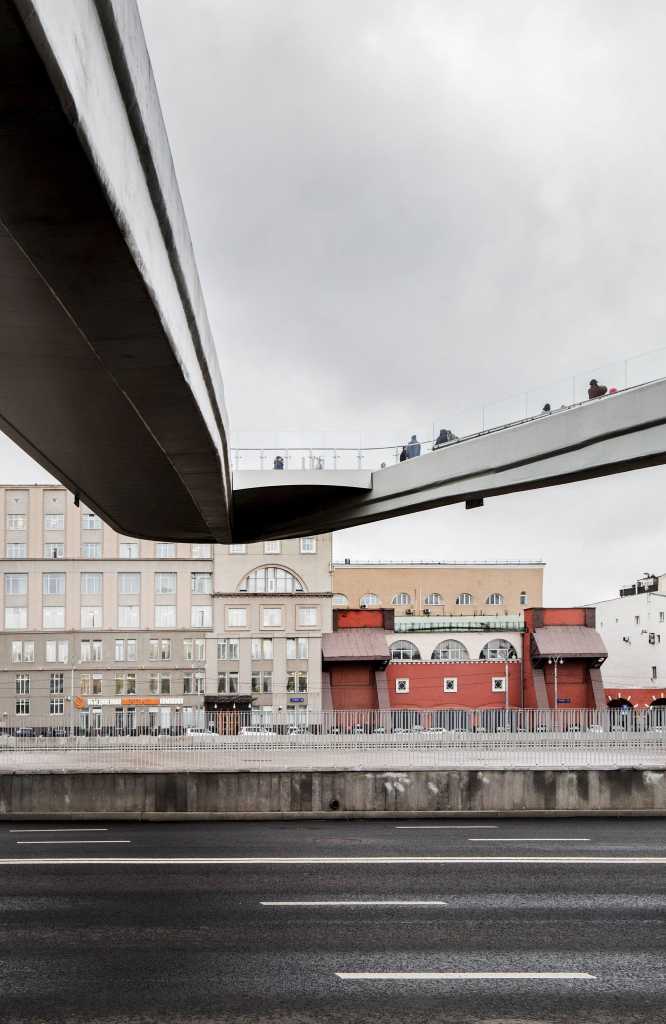













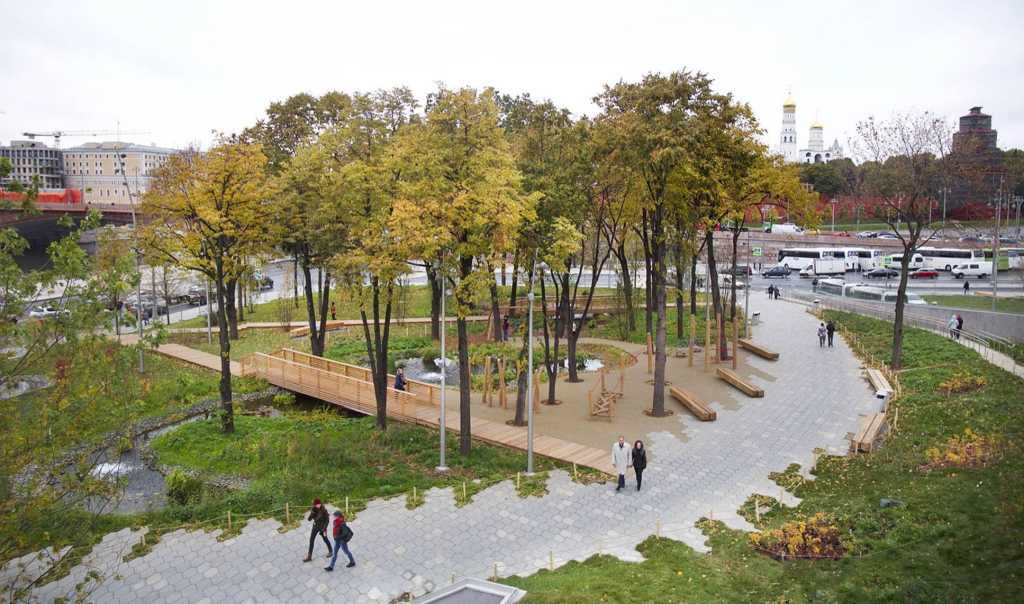


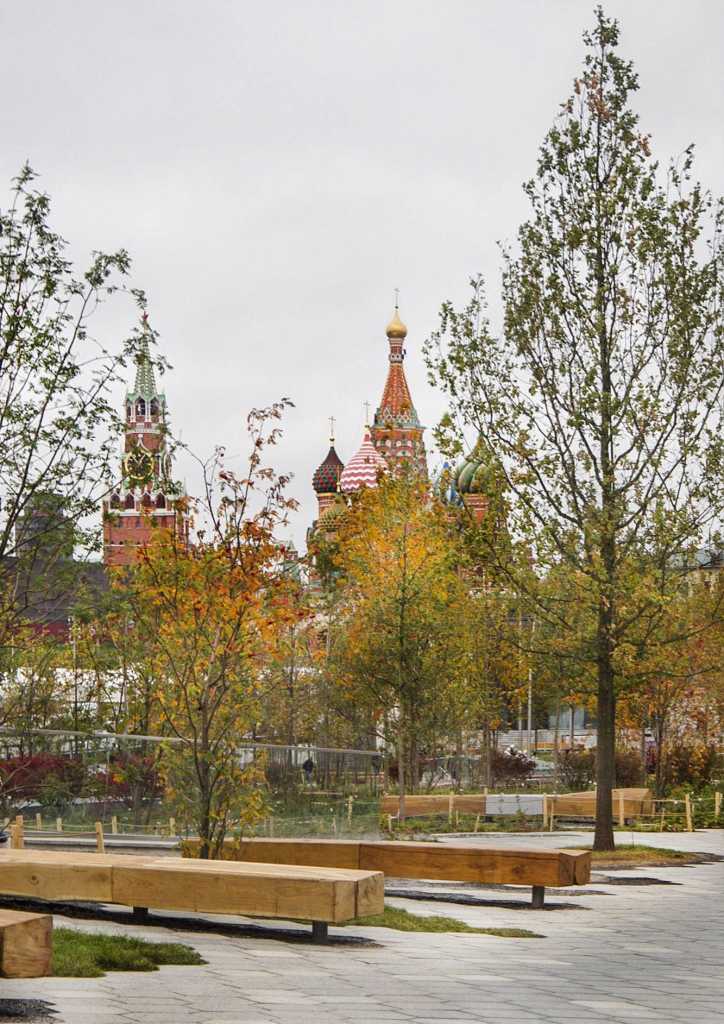



麻子抹粉~~